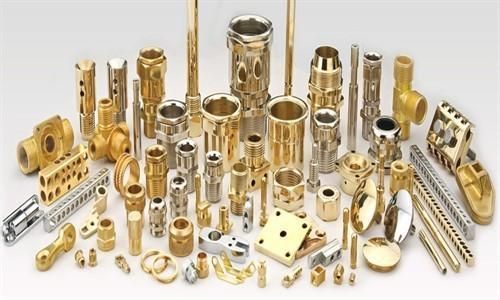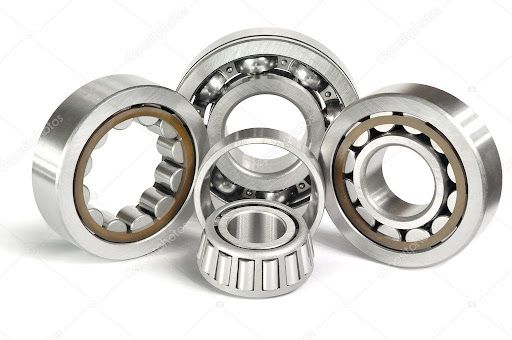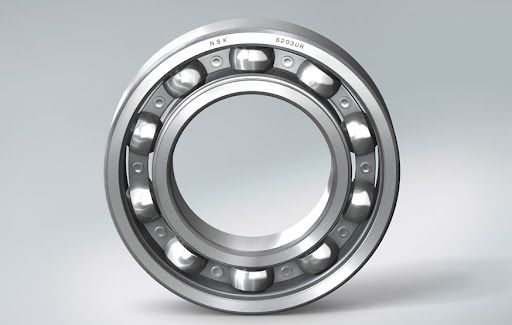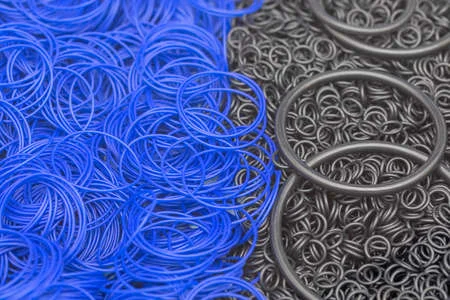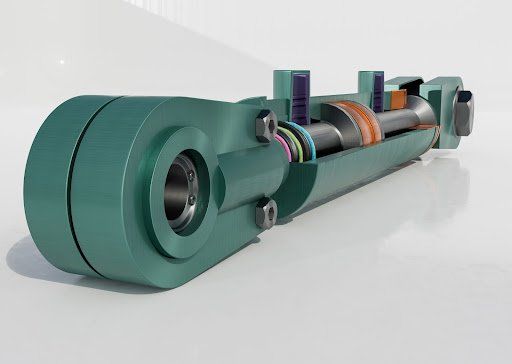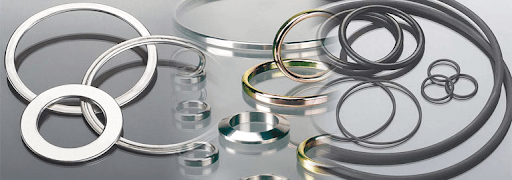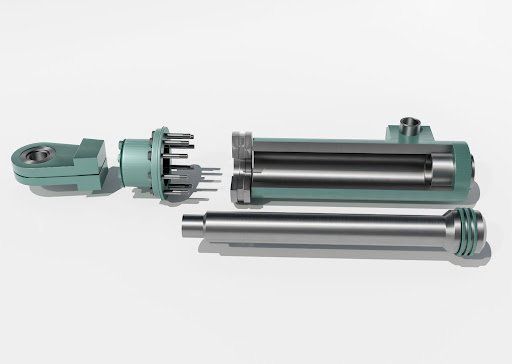Which Bearing Lubricant Is Best
Which Bearing Lubricant Is Best
If you’re a novice when it comes to working with bearings, it’s important to understand the vital role that lubrication plays in the running speed, temperature, torque level, noise level and, ultimately, the overall life of your bearings. The thin film that lubricants provide between contact areas is essential for reducing friction and minimising bearing wear.
Not all lubricants, however, are created equally; some perform better in cool conditions or low-speed applications, while others are specifically designed to cope with high pressure and heat. The many options can be confusing, but if you understand what the different types of lubricants are designed to do, you’ll have a better chance of selecting the correct one for your specific application.
Vacuum Environments
For applications that are sensitive to contaminants, particularly those in a vacuum, dry coatings are ideal. The film, usually made from molybdenum disulphide or tungsten disulphide, provides a permanent coating (no need to re-apply) that is resistant to water and dilute acids, performs reliably in a wide range of temperatures and is mostly maintenance free.
Perfluorinated (PFPE) lubricants are also highly suited for vacuum or clean-room environments. PFPEs are not flammable, do not react with plastics or elastomers and are highly resistant to many chemicals. They are also oxygen compatible, have low vapour pressure, and some can even withstand temperatures of up to 300ºC.
Low Speed
Oils are popular lubricants because they are easy to apply and maintain their consistency in a wide range of temperatures, as long as the temperature remains constant. Oils are better suited for low torque applications, requiring only a light drizzle to be effective. While they can be used in high-speed applications, oils don’t remain in place as well as other lubricants and would need to be constantly replenished.
Silicone lubricants, while also not suitable for heavy loads and high speeds, have a wide temperature range and excellent water resistance. They do not react to other materials and are safe to use with most plastics.
Food
Food-grade lubricants are designed to adhere to the strict hygiene regulations in the food and beverage industries. If there is the possibility of bearings coming into contact with food, specially approved lubricants are used to avoid contamination. Approved greases that are highly resistant to industrial cleaning processes are used in all the areas where there is no contact such as the joints, slides, links and rolling elements.
Automotive
The lubricant most widely used in automotive parts is dampening grease. This type of grease prevents unnecessary noise such as rattles and squeaks and ensures the switches and gears have a smooth, quality feel to them. Dampening grease can be used in slow rotating bearings such as in potentiometers.
All Rounder
The most commonly used lubricants for a wide range of applications are called mineral or synthetic lubricants. These versatile and popular lubricants have variations that are used for general or high-speed use and low noise applications. They are water resistant and are perfectly capable in low or high temperatures.
This information should give you a relatively good idea of which bearing lubricant is best, for your specific application. If you’re still a bit unsure, the knowledgeable team at Bearing Centre is always on hand to offer their expert advice. Give us a call today and ensure you make the right choice.

